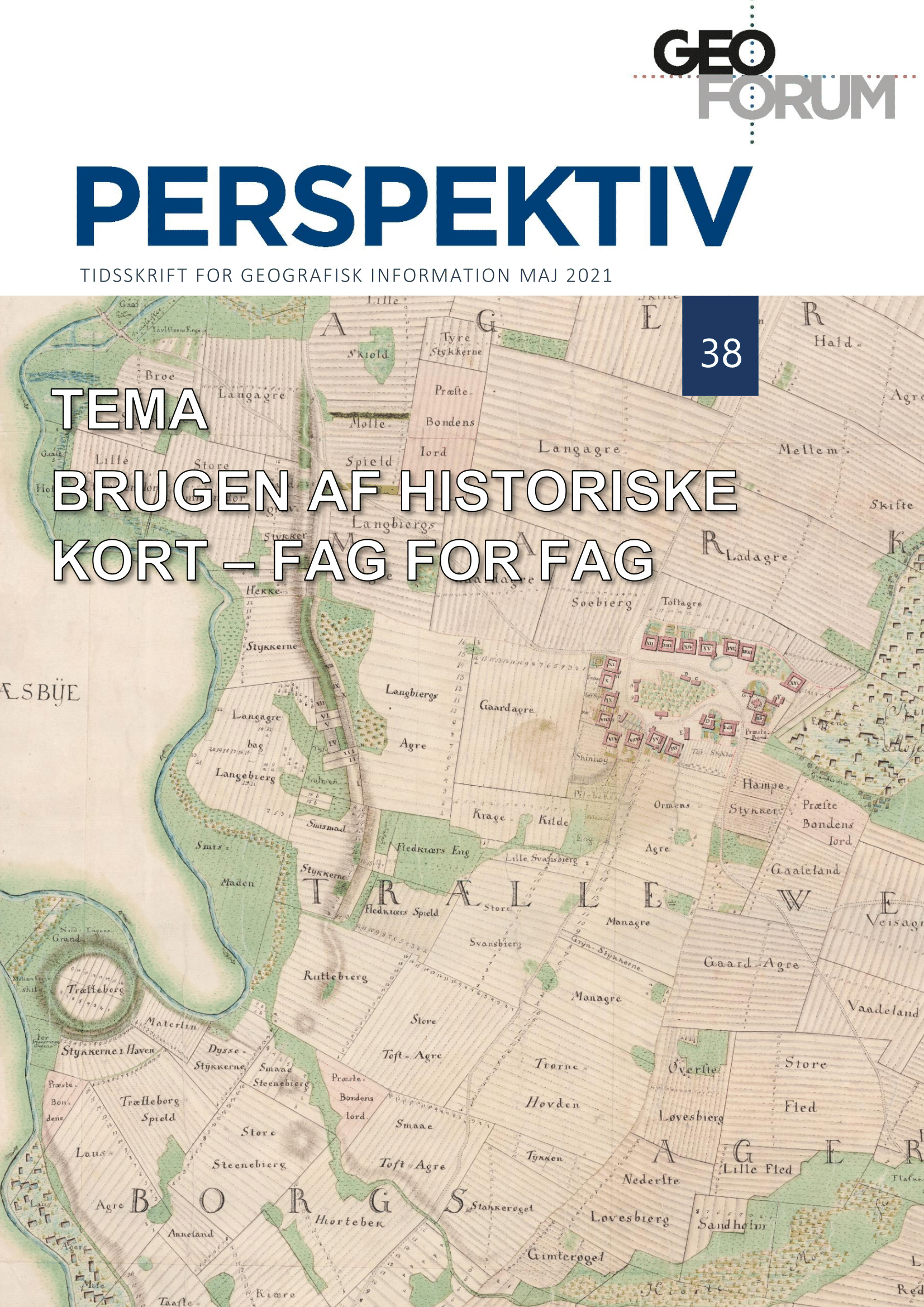Historical maps as archaeological source. Some experiences from Western Jutland
DOI:
https://doi.org/10.5278/ojs.perspektiv.v20i38.6593Abstract
This paper presents ways in which historical maps can be implemented in archaeological research, and what can be achieved by doing so. The initial chapter focuses on the practical aspects of map georeferencing, and a best practice is suggested that allows the production of precise digital mosaics. Map searches for prehistoric monuments is the obvious starting point for the archaeologist. By far the most common group of monuments is burial mounds dating to the Neolithic or Bronze Age. As demonstrated, results can be significant and add substantially to the archaeological record. Another recommended use is to vectorize the map theme of land use. An example study is presented in which the possible regression of the historical landscape on basis of data set derived from historical maps. Finally, cases are demonstrated in which the historical maps have helped solving questions in field archaeology as well as aerial archaeology.
Downloads
Published
Issue
Section
License
Copyright (c) 2021 Esben Schlosser Mauritsen

This work is licensed under a Creative Commons Attribution-NonCommercial-NoDerivatives 3.0 Unported License.
Authors publishing on Geoforum Perspektiv retain full but non-exclusive rights in their articles, and are required to use the Creative Commons license CC by-nc 4.0 when submitting their work.





